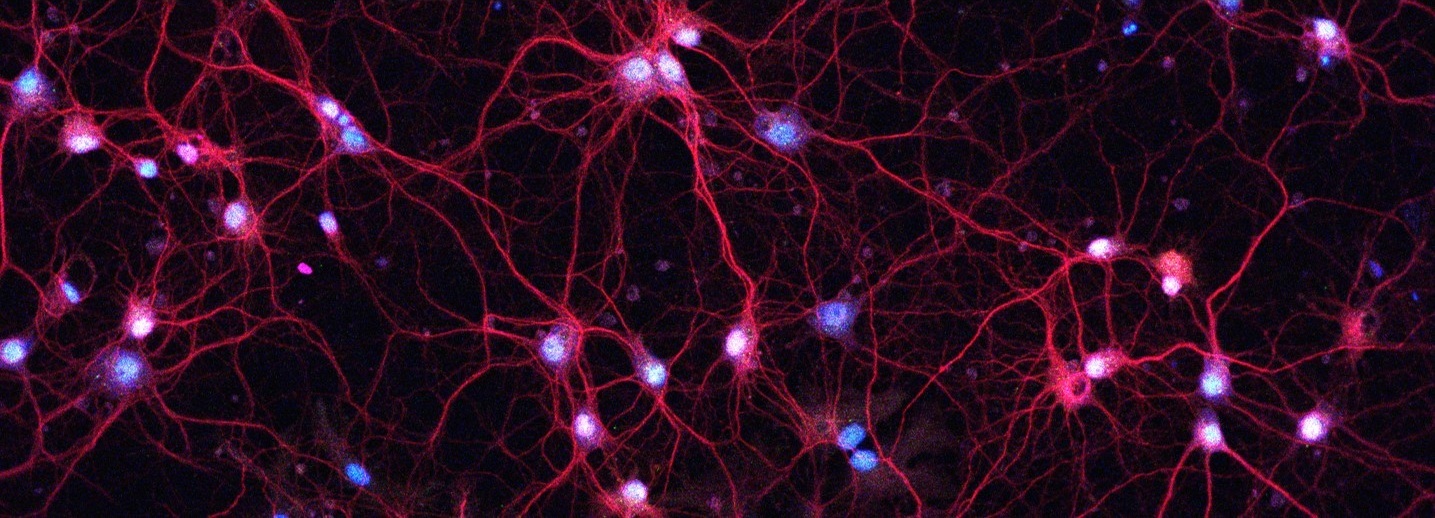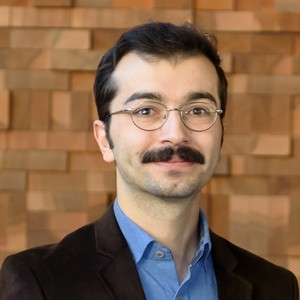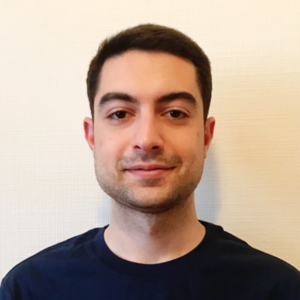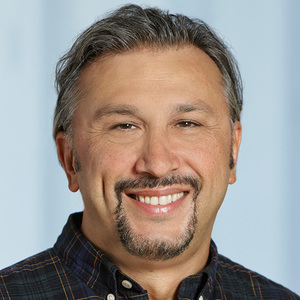Autonomous Robotic Manipulation
Modeling Top-Down Saliency for Visual Object Search
Interactive Perception
State Estimation and Sensor Fusion for the Control of Legged Robots
Probabilistic Object and Manipulator Tracking
Global Object Shape Reconstruction by Fusing Visual and Tactile Data
Robot Arm Pose Estimation as a Learning Problem
Learning to Grasp from Big Data
Gaussian Filtering as Variational Inference
Template-Based Learning of Model Free Grasping
Associative Skill Memories
Real-Time Perception meets Reactive Motion Generation
Autonomous Robotic Manipulation
Learning Coupling Terms of Movement Primitives
State Estimation and Sensor Fusion for the Control of Legged Robots
Inverse Optimal Control
Motion Optimization
Optimal Control for Legged Robots
Movement Representation for Reactive Behavior
Associative Skill Memories
Real-Time Perception meets Reactive Motion Generation
Multiscale Modelling of Ultrasound Neuromodulation in the Human Brain – From Neuron to Brain

Ultrasound-based neurostimulation (UNM) is an emerging clinical neural intervention technology for treating neurological and psychological disorders. Despite the growing interest in UNM, challenges remain, including a lack of knowledge of its underlying mechanisms and recent reports of off-target sensory effects during direct neuromodulation. Motivated by the electromechanical complexity involved in achieving large-scale whole-brain simulation from current spatial statistical models of ion channels, in Phase I of the study, we built, calibrated, and validated experimentally a simple neuronal membrane model combining Hodgkin-Huxley (HH) and Poisson-Nernst-Planck (PNP) models. With this simple computational model, combined with forward and inverse computational models of the human head, we aim to derive valuable insights that will pave the way for the responsible and effective use of UNM in clinical neuroscience. Our project consists of three main work packages to create a clinical simulation tool for UNM. In the project's first step, we will collect neural activity information from neuronal populations under different UNM frequencies and amplitudes. We will then implement these results into the computational model of the whole brain. By combining mechanical and electrical activity maps of neuronal populations from different brain regions, we plan to inhibit off-target sensory effects of UNM. Finally, we will validate our whole brain simulation model with a phantom brain model by constructing an ultrasound array for precise local neurostimulation. At the end of the project, we will better understand the complex mechanisms of UNM's off-target effects, and the computational model of UNM will allow it to be used similarly to other transcranial neurostimulation methods, including transcranial magnetic and electrical stimulation.
Members
Publications


